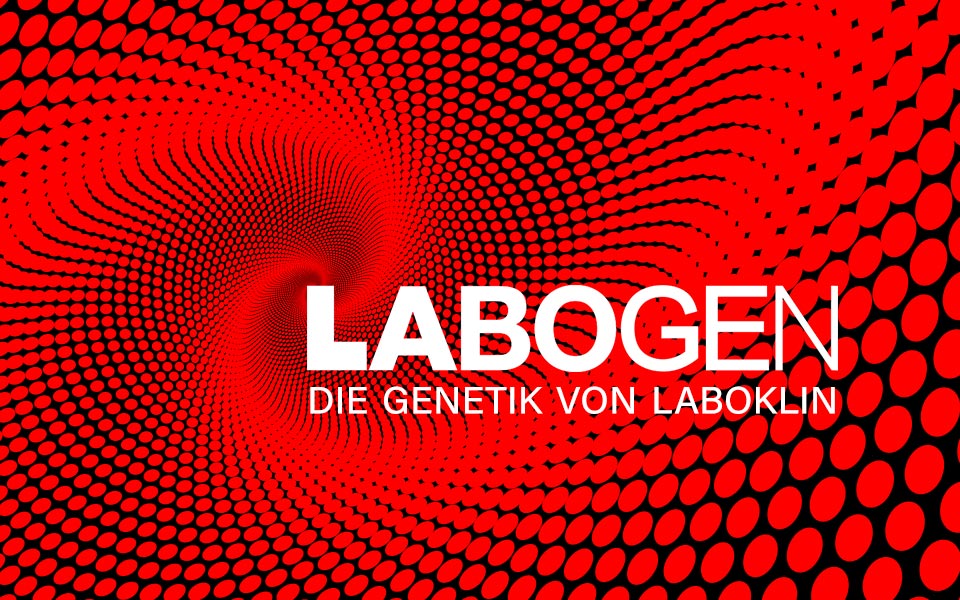Haarlosigkeit (Powderpuff)
Hairlessness (powderpuff)
General description
Hairlessness is found in a small set of breeds, which do not posses body-hair. The test distinguishes between "naked" and powderpuff dogs in Chinese Crested Dogs as well.
Breeds
Chinese Crested Dog, Deerhound, Mexican Hairless Dog (Xoloitzcuintle), Peruvian Hairless Dog
Order details
| Test number | 8599 |
| Sample material | 0.5 ml EDTA blood, 2x cheek swab, 1x special swab (eNAT) |
| Test duration | 7-14 working days |
Test specifications
| Causality | causally |
| Gene | FOXI3 |
| Mutation | INS |
| Literature | OMIA:000323-9615 |
Detailed description
In the breeds Chinese Crested, Mexican and Peruvian Hairless Dogs, hereditary hairlessness is genetically transferred in an autosomal codominant trait by the so-called FOXI3 gene. Dogs that possess the causative variant heterozygously have sparse or no body hair, often show abnormal dentition and occasionally malformations of the outer ear and auditory canal. Therefore, the phenotype of hairless dogs of these breeds is classified as canine ectodermal dysplasia (CED). Carriers of the variant are able to have hairless as well as normal puppies. Dogs without the variant are called “Powderpuff” and exhibit normal fur. Distinguishing Powderpuff dogs and hairless dogs is sometimes very hard for Chinese Crested breed, as the parts with the remaining hair can take various shapes. Dogs which are homozygous for the mutation die as embryo during gestation.\nIn the breed Scottish Deerhound, another variant in the so-called SGK3 gene could be associated with juvenile alopecia. Affected puppies lose their hair during the first few weeks of life which becomes permanent. The hairlessness in the Scottish Deerhound is inherited in an autosomal recessive manner. \nPlease note that we do not offer any genetic test that is validated for proving hairlessness in American Hairless Terriers.\n


